Classic cars often evoke a sense of nostalgia and admiration with their timeless designs. However, not all of these beauties perform as well on the road as their looks might suggest. Here are ten classic cars that, despite their striking appearances, are known for less-than-stellar driving experiences.
Ford Pinto
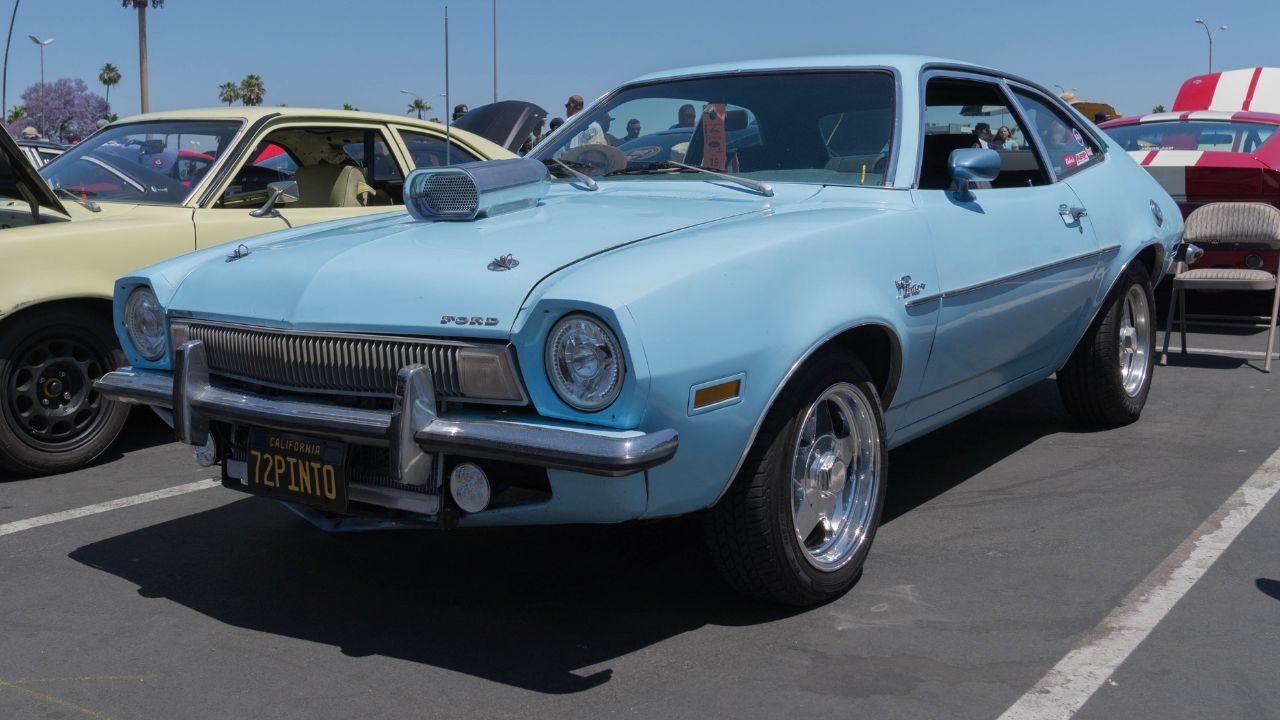
The Ford Pinto is a name many recall with a mix of fondness and apprehension. Launched in the early 1970s, the Pinto was a compact car aimed at providing an affordable driving experience. Despite its attractive pricing and exterior, it was plagued by infamously dangerous design flaws. The rear-mounted gas tank was a particular concern, leading to fires in rear-end collisions.
In addition to safety issues, the Pinto’s handling and performance left much to be desired. With a lackluster engine and a basic suspension system, the driving experience was underwhelming, making it a car that looks good but drives poorly.
DeLorean DMC-12
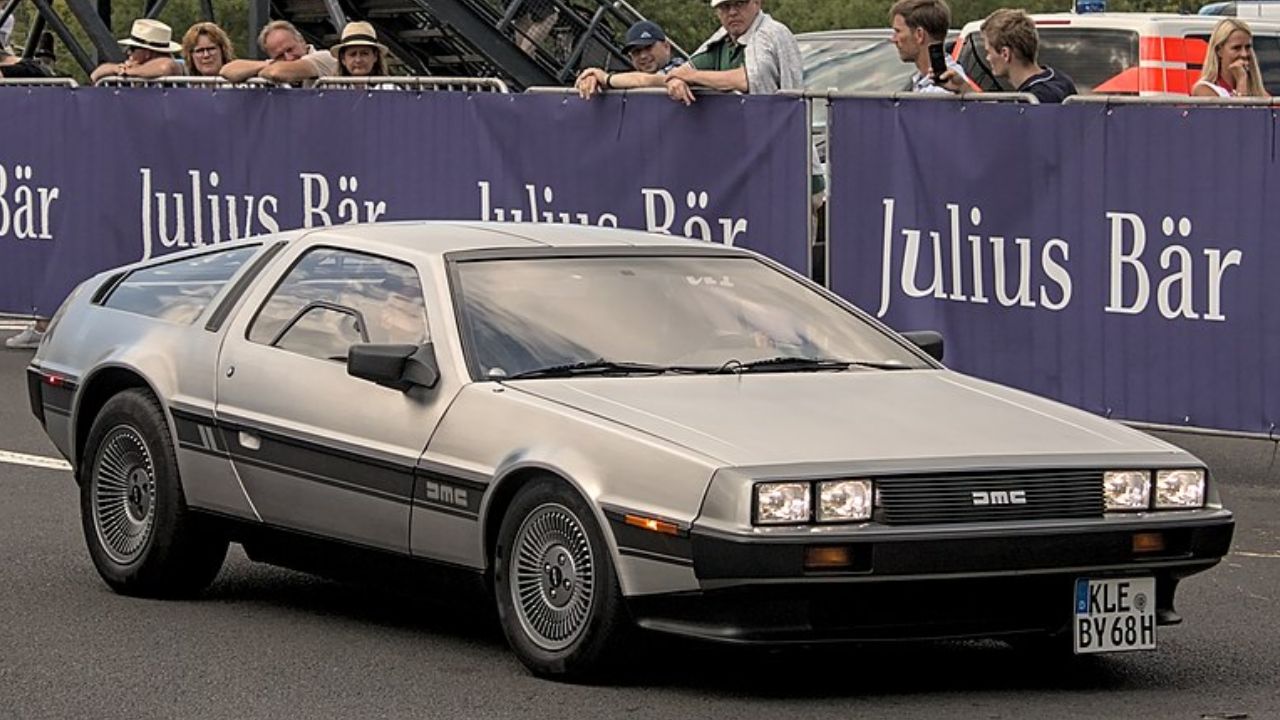
The DeLorean DMC-12 became an iconic figure in automotive history, largely due to its starring role in the “Back to the Future” films. Its futuristic stainless steel body and gull-wing doors captured imaginations, but the driving experience was another story. Underpowered and cumbersome, the DMC-12 was far from the high-performance sports car it appeared to be.
Equipped with a V6 engine that struggled to deliver adequate power, the DeLorean failed to meet the expectations set by its bold design. The heavy body and awkward handling made it a challenging car to drive, disappointing many who were drawn to its cinematic allure.
Triumph Stag
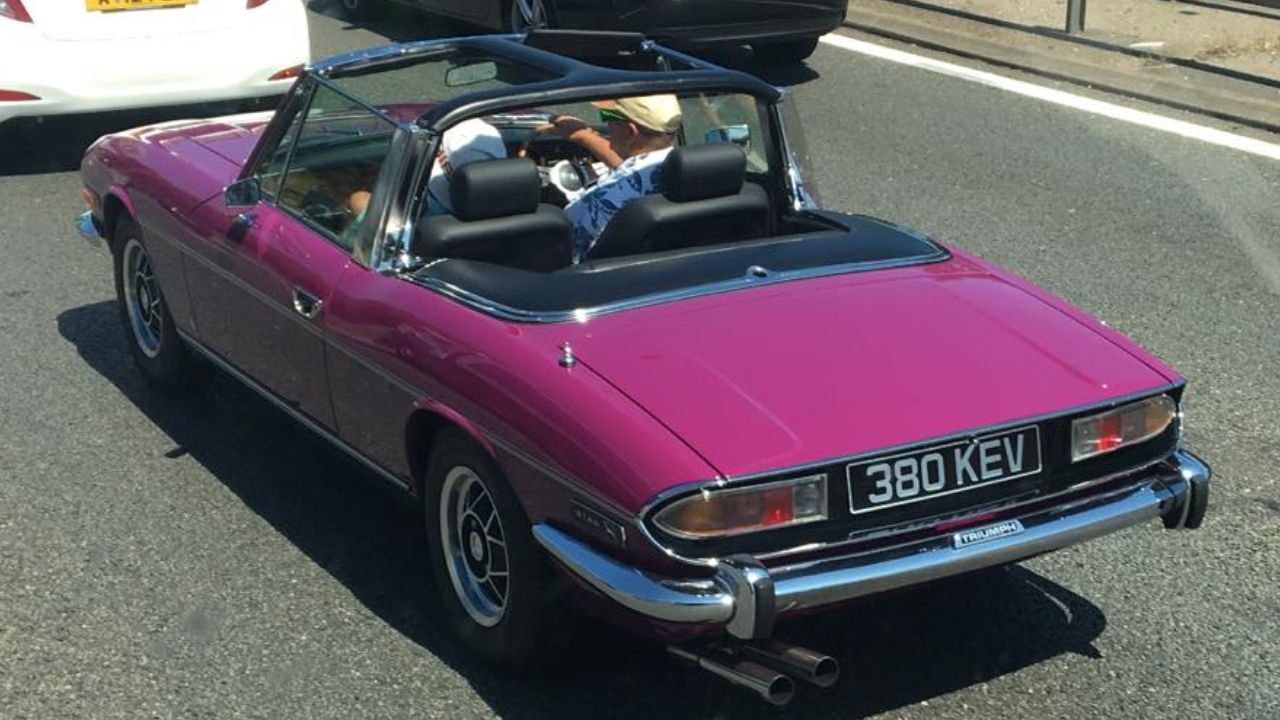
The Triumph Stag, produced in the 1970s, was a British convertible that promised elegance and style. Its sleek lines and unique T-bar roof were appealing, but the car’s reliability issues quickly overshadowed its beauty. The Stag’s engine, a 3.0-liter V8, was notorious for overheating and frequent mechanical failures.
Despite being marketed as a luxury grand tourer, the Stag’s performance and handling were inconsistent. The car’s poor build quality and frequent breakdowns often left drivers stranded, making it a challenging vehicle to own and operate.
Maserati Biturbo
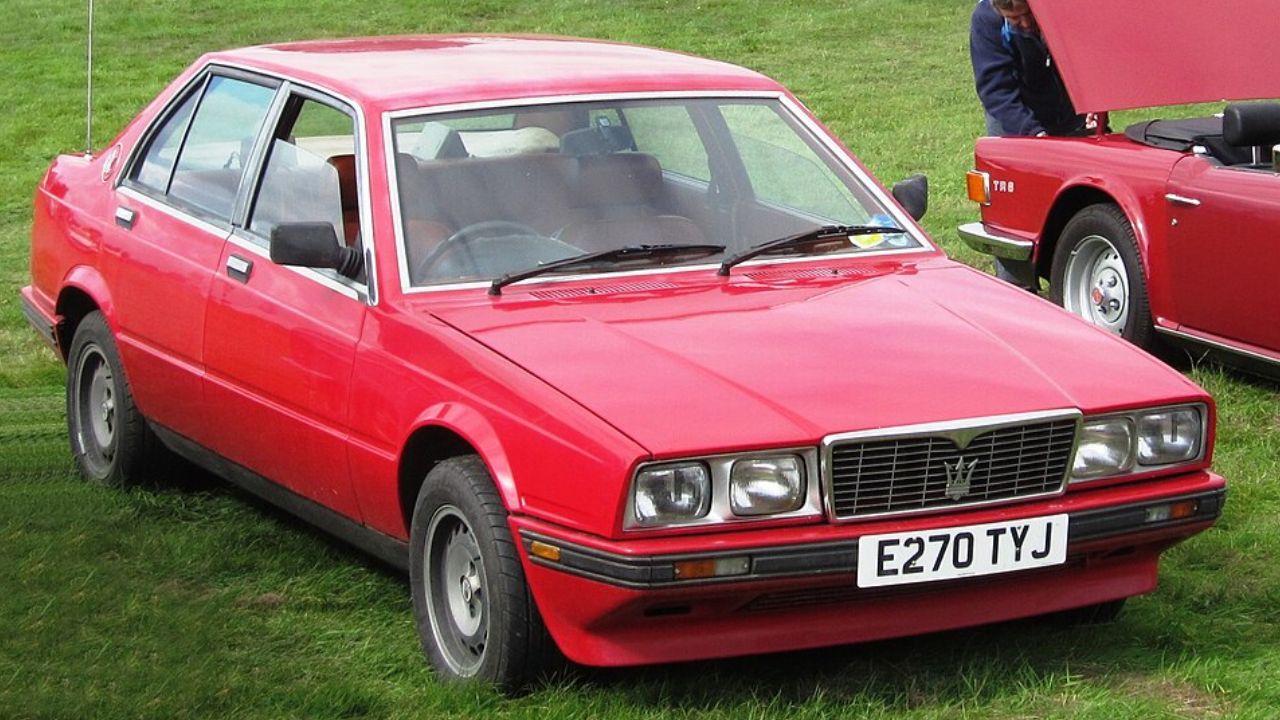
The Maserati Biturbo was introduced in the 1980s as an affordable luxury sports sedan. Its elegant Italian design and twin-turbocharged engine promised an exhilarating driving experience. Unfortunately, the Biturbo became known for its mechanical fragility and poor reliability.
Frequent electrical issues and turbocharger failures plagued the car, leading to high maintenance costs and frustration for owners. While its looks suggested high performance, the Biturbo’s tendency to break down made driving it a gamble.
Chevrolet Corvair
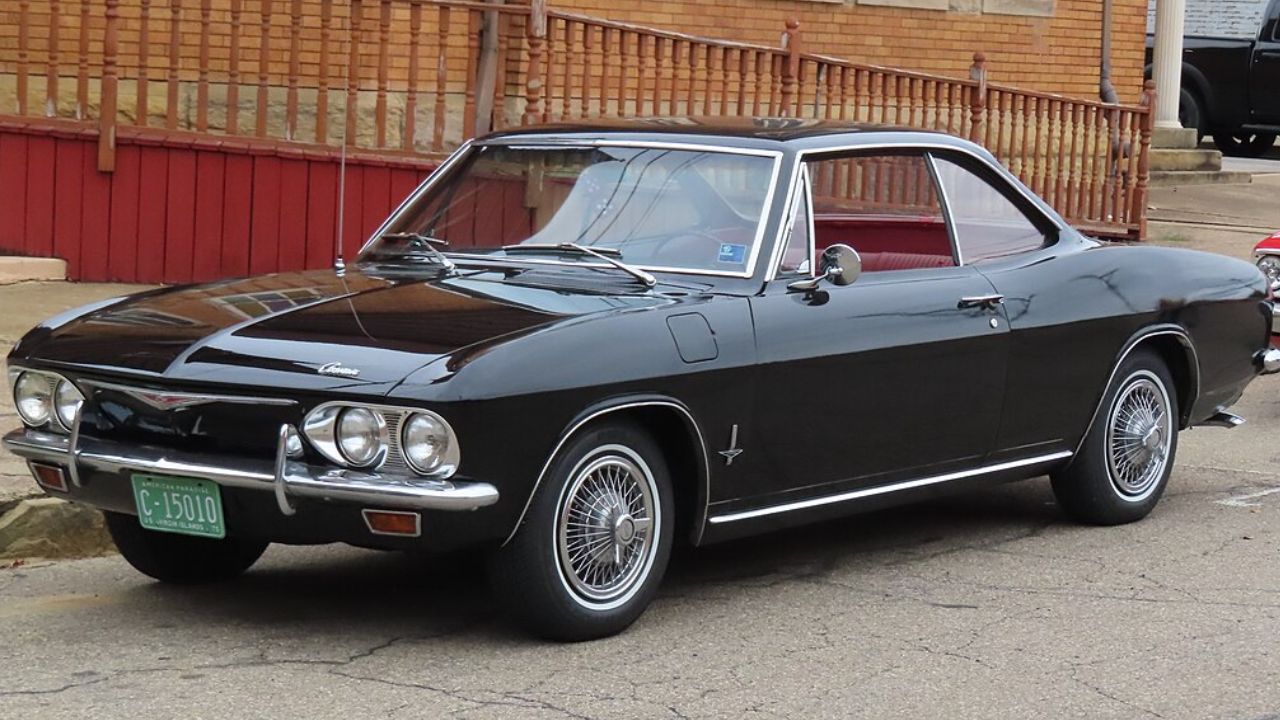
The Chevrolet Corvair, produced from 1960 to 1969, was an innovative American car with a rear-engine layout. Its sleek design and unique engineering were initially praised, but safety concerns later marred its reputation. The rear suspension design led to unpredictable handling, particularly in abrupt maneuvers.
Ralph Nader’s book “Unsafe at Any Speed” famously criticized the Corvair, highlighting its propensity for dangerous oversteer. Despite its stylish looks and innovative design, the Corvair’s driving experience was overshadowed by safety issues.
Jaguar E-Type Series III
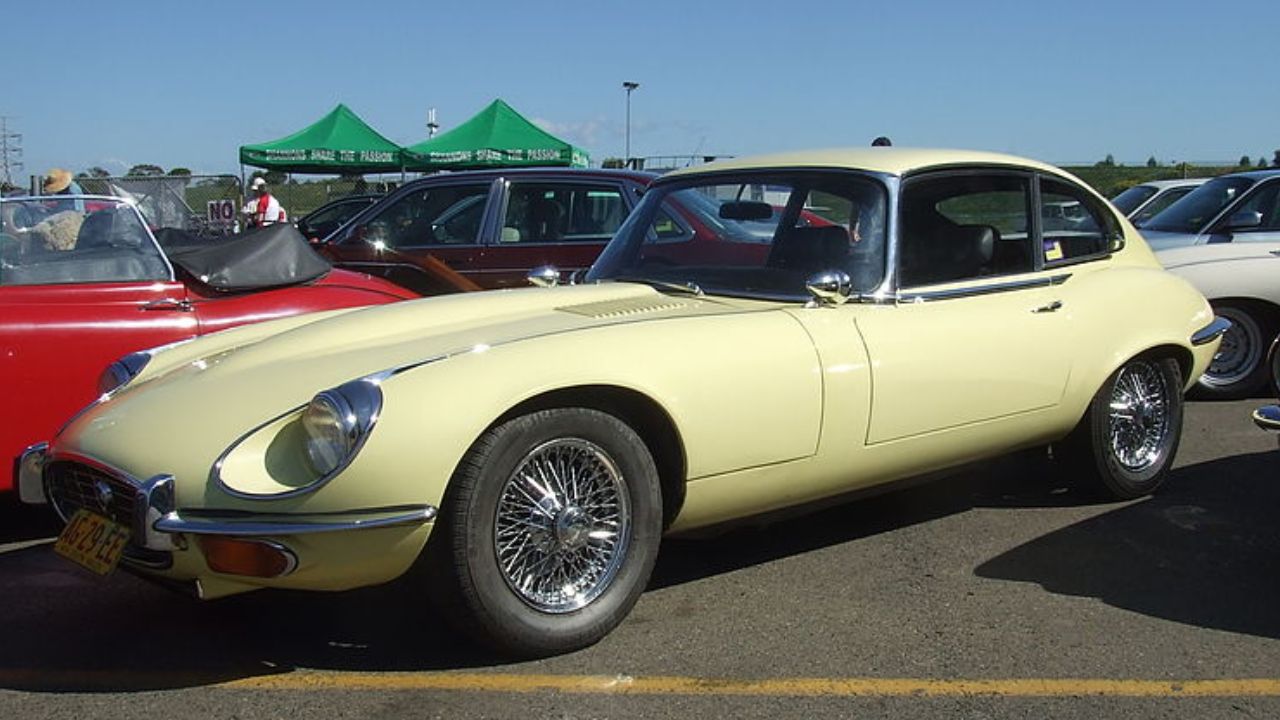
The Jaguar E-Type, often hailed as one of the most beautiful cars ever made, saw its third series in the early 1970s. The Series III featured a V12 engine, which promised power but compromised on handling finesse. The longer wheelbase and increased weight made it less agile than its predecessors.
While the E-Type’s design was timeless, the Series III’s performance and driving dynamics did not match its visual appeal. The car’s heavy steering and vague handling made it less of a driver’s car than its iconic shape would suggest.
Fiat X1/9
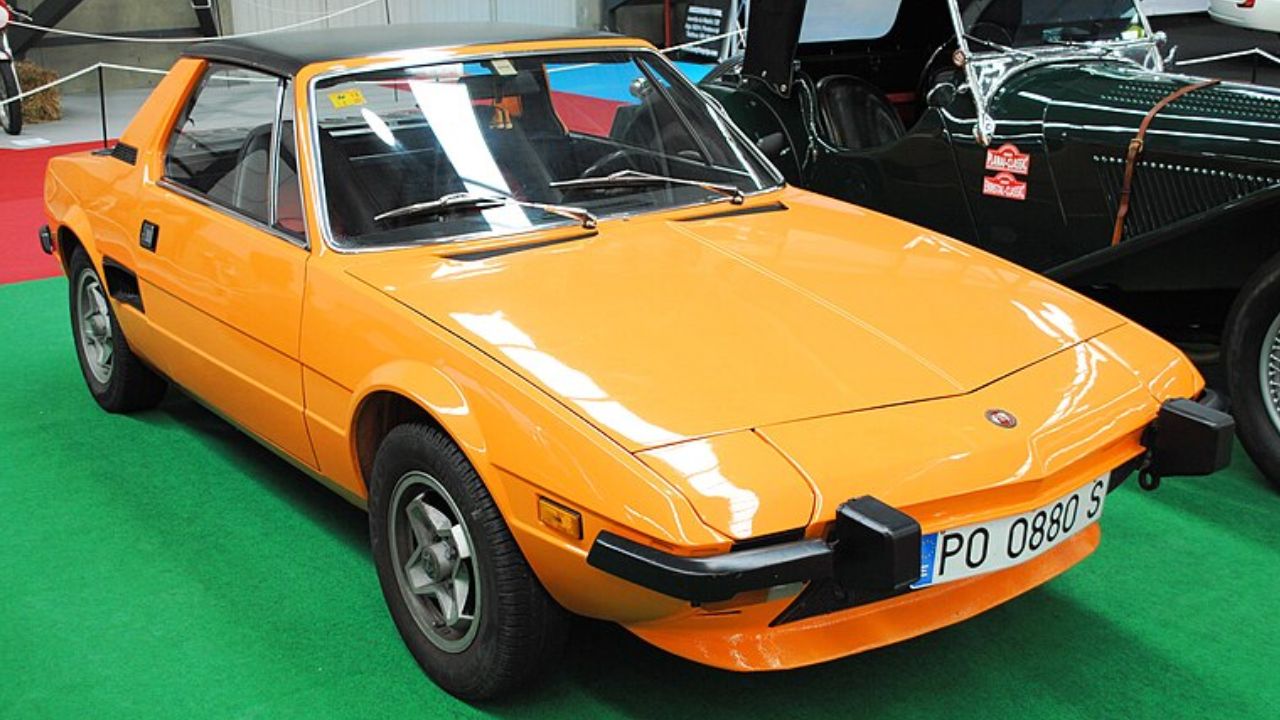
The Fiat X1/9 was a mid-engine sports car introduced in the 1970s, known for its sharp handling and targa top design. However, its performance was hindered by a lack of power, with early models producing just around 60 horsepower. This made it a slow car, even by the standards of its time.
Additionally, the X1/9 was notorious for rust issues and electrical problems. While its design was innovative and attractive, the car’s lack of reliability and underpowered engine made it a less-than-perfect choice for those seeking a thrilling driving experience.
Alfa Romeo Alfetta
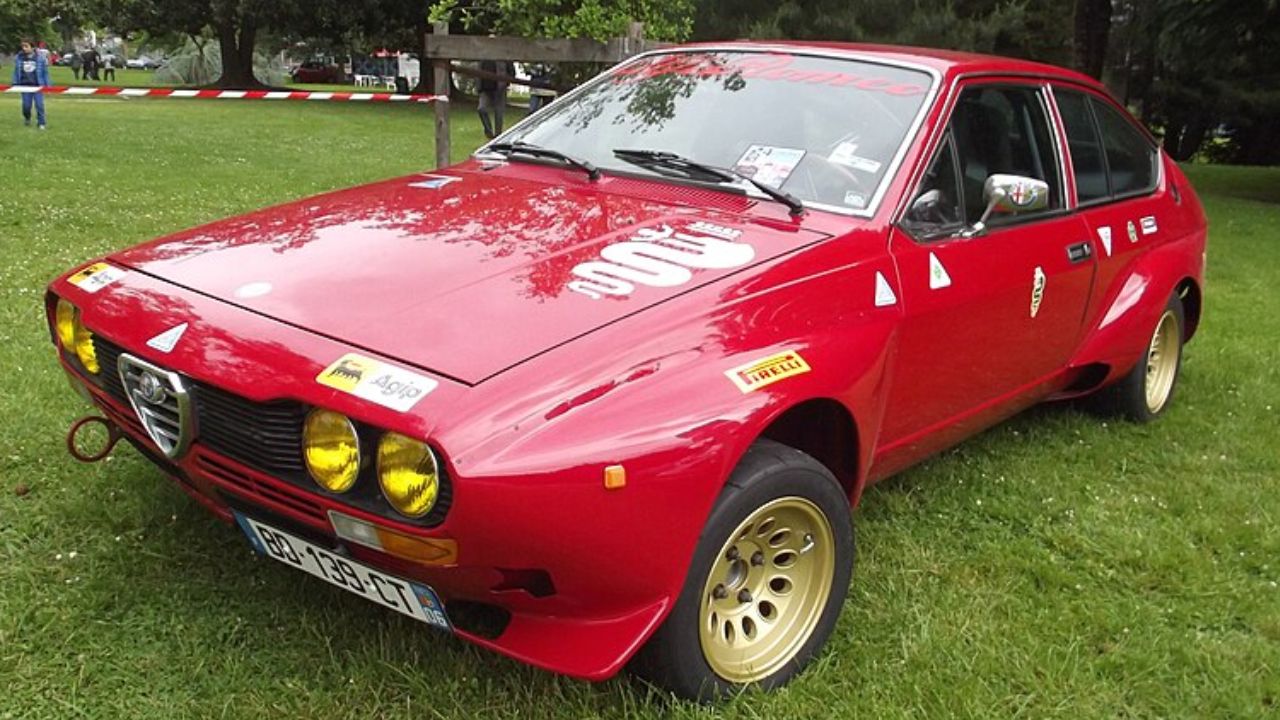
The Alfa Romeo Alfetta, introduced in the 1970s, combined Italian styling with advanced engineering for its time. The car featured a transaxle layout for better weight distribution, but it was plagued by reliability issues. Frequent mechanical failures and rust problems overshadowed its appealing design.
While the Alfetta handled well due to its innovative setup, the driving experience was often marred by constant maintenance needs. Its stylish looks and promising engineering could not compensate for the frustration of owning a car that seemed to spend more time in the shop than on the road.
Aston Martin Lagonda
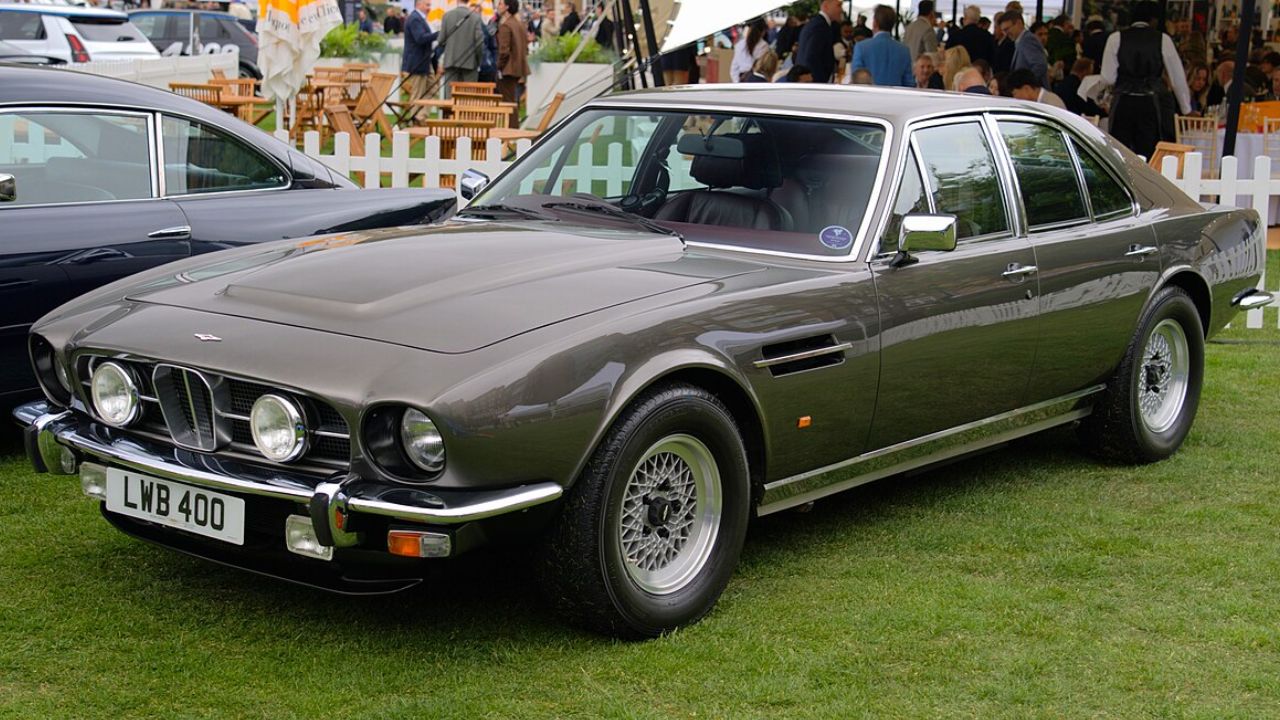
The Aston Martin Lagonda, launched in the late 1970s, was a bold statement in automotive design. Its angular, futuristic body and luxurious interior were impressive, but the car was notoriously difficult to drive. The Lagonda’s complex electronics and digital dashboard were prone to failure, leading to frequent malfunctions.
Although it was a high-end luxury car, the Lagonda’s driving experience was hampered by its weight and cumbersome handling. Despite its striking appearance, the car’s technical issues and challenging maintenance requirements made it a difficult vehicle to own and operate.
Bricklin SV-1
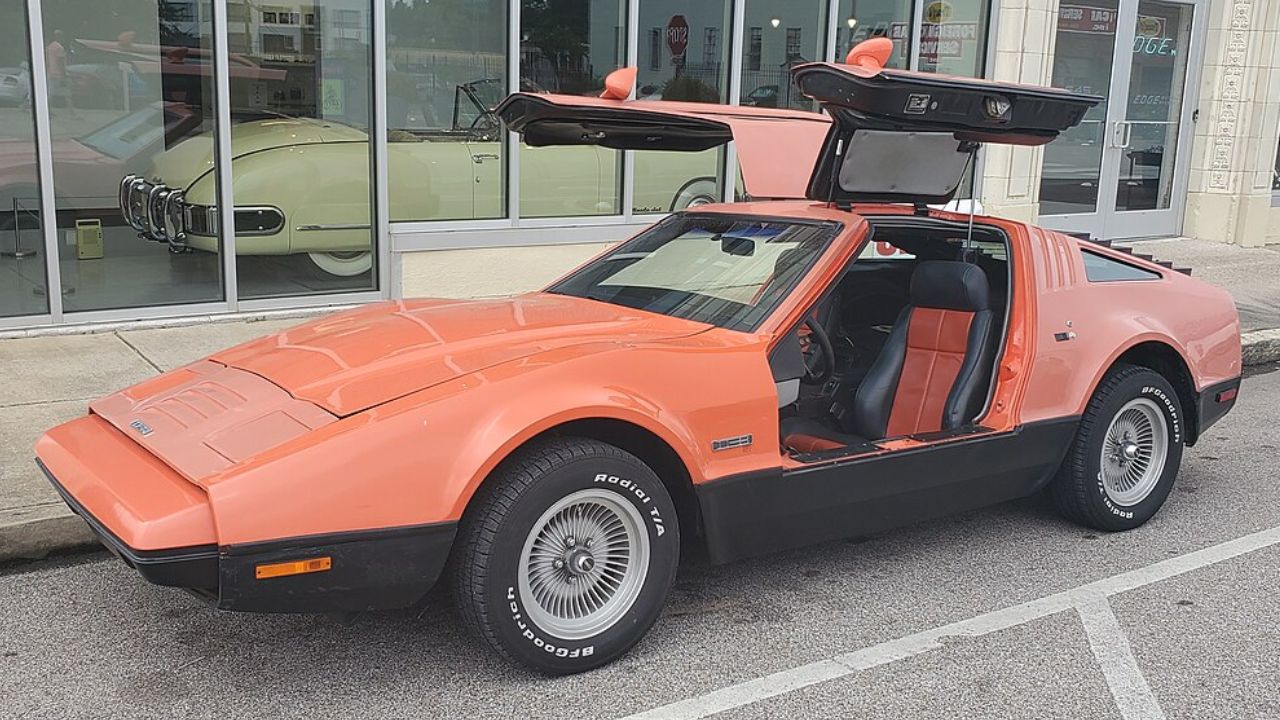
The Bricklin SV-1, produced in the mid-1970s, was marketed as a safety sports car. Its gull-wing doors and fiberglass body made it visually striking, but the car was far from perfect. The SV-1 suffered from poor build quality and frequent mechanical issues, which detracted from its appeal.
Equipped with either an AMC or Ford V8 engine, the Bricklin was underpowered for a sports car of its class. The combination of its heavy body and lack of refinement made for a disappointing driving experience, despite its promising design and safety features.
Like Fast Lane Only’s content? Be sure to follow us.
Here’s more from us:
*Created with AI assistance and editor review.

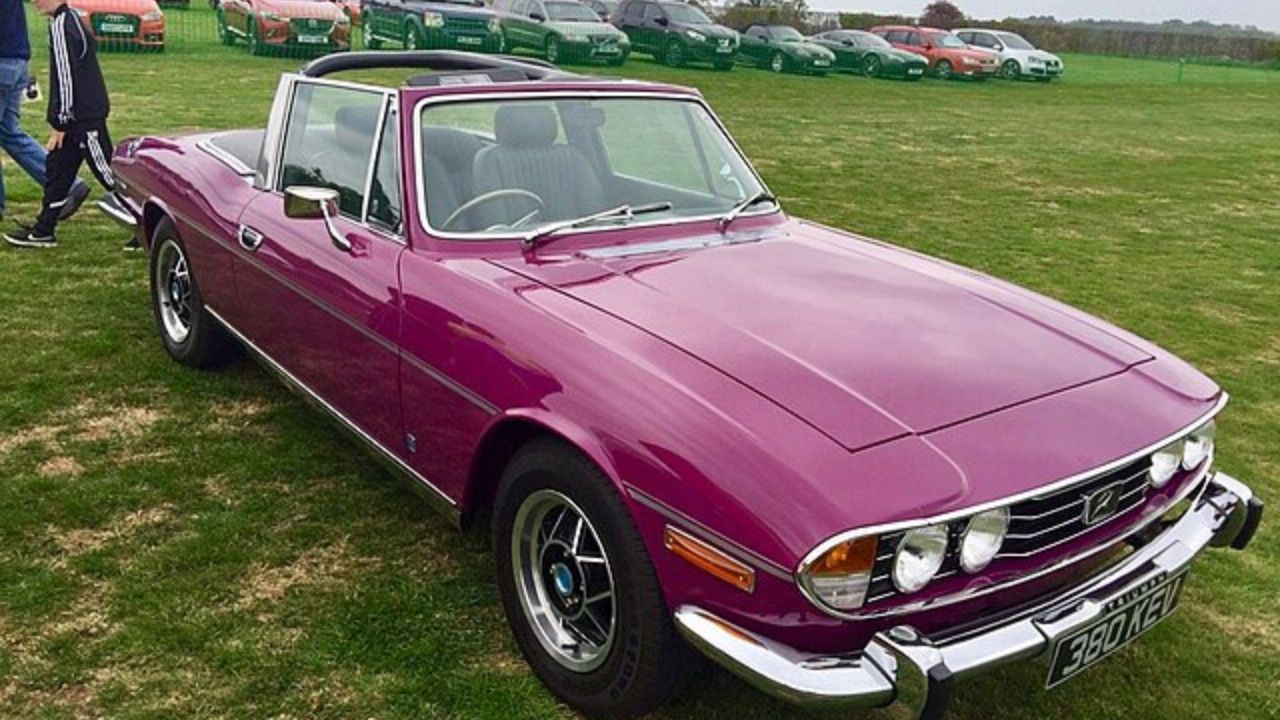

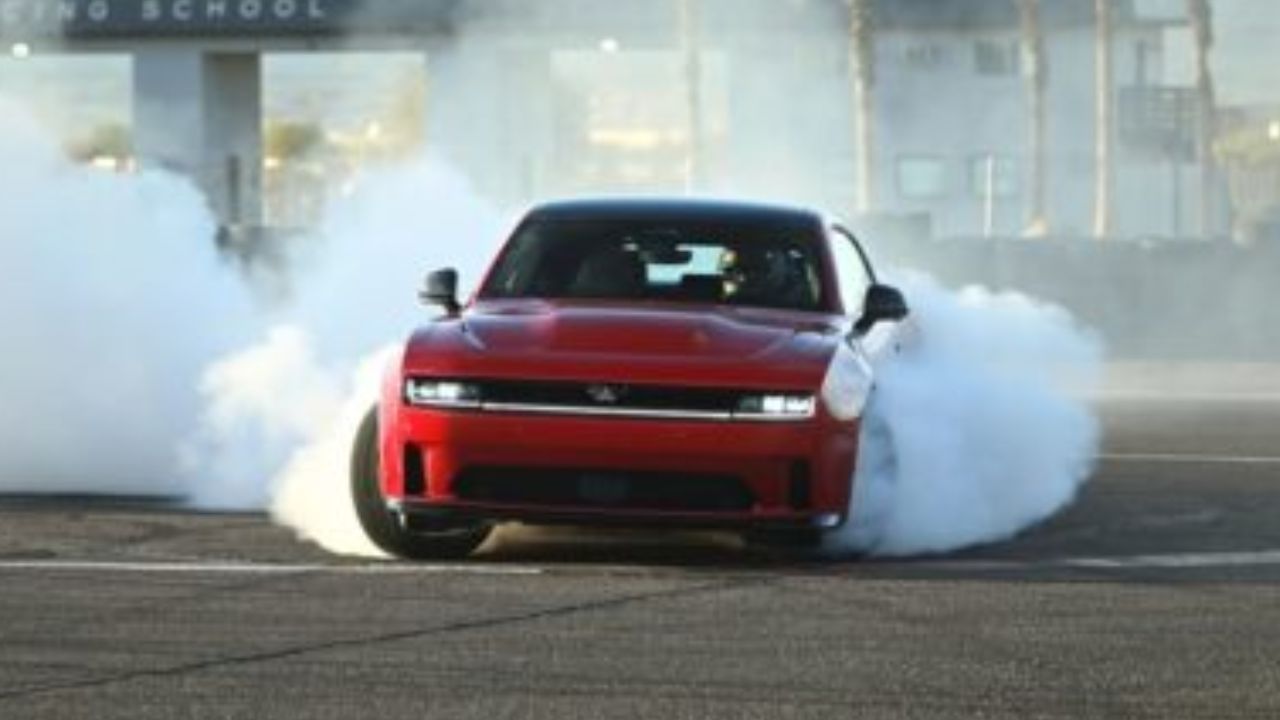
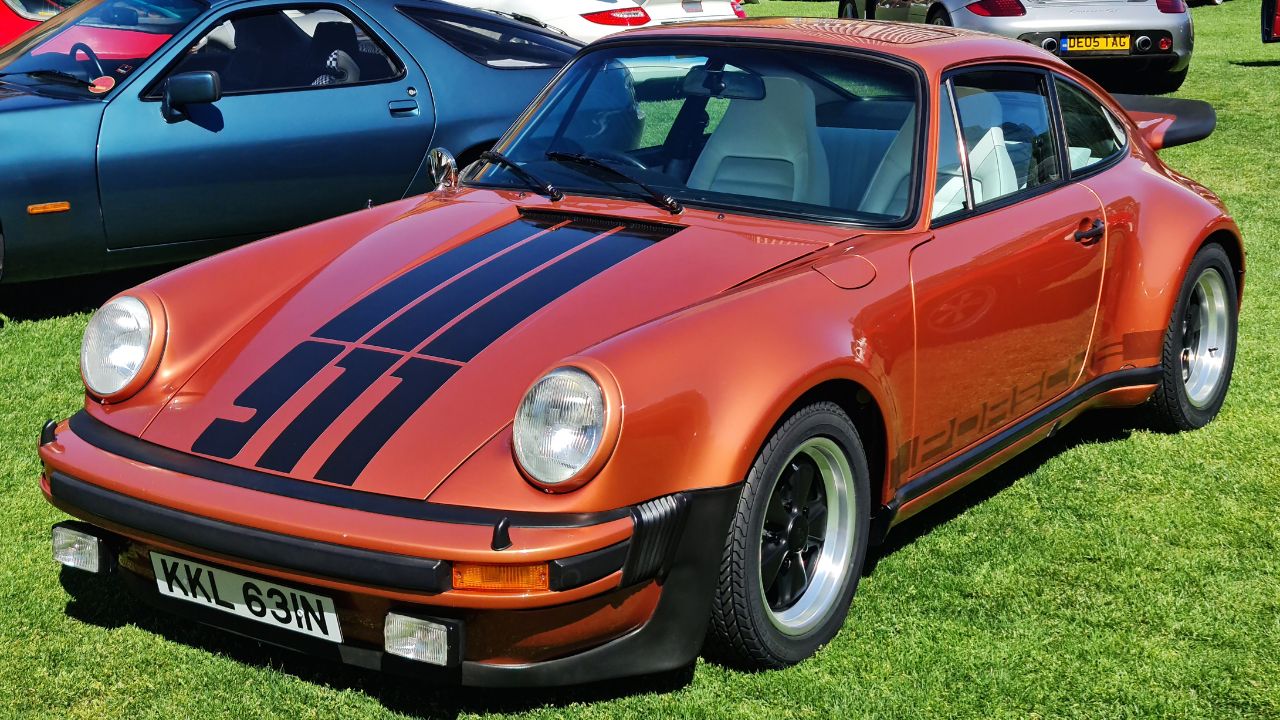
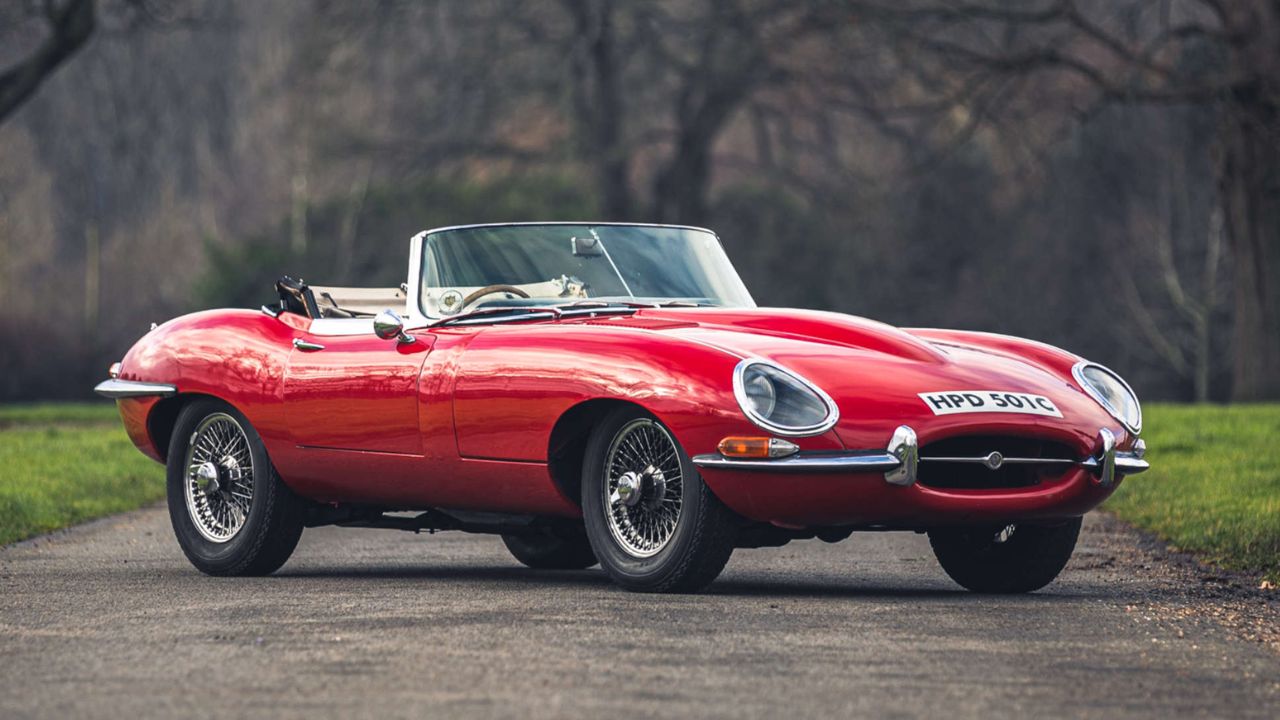
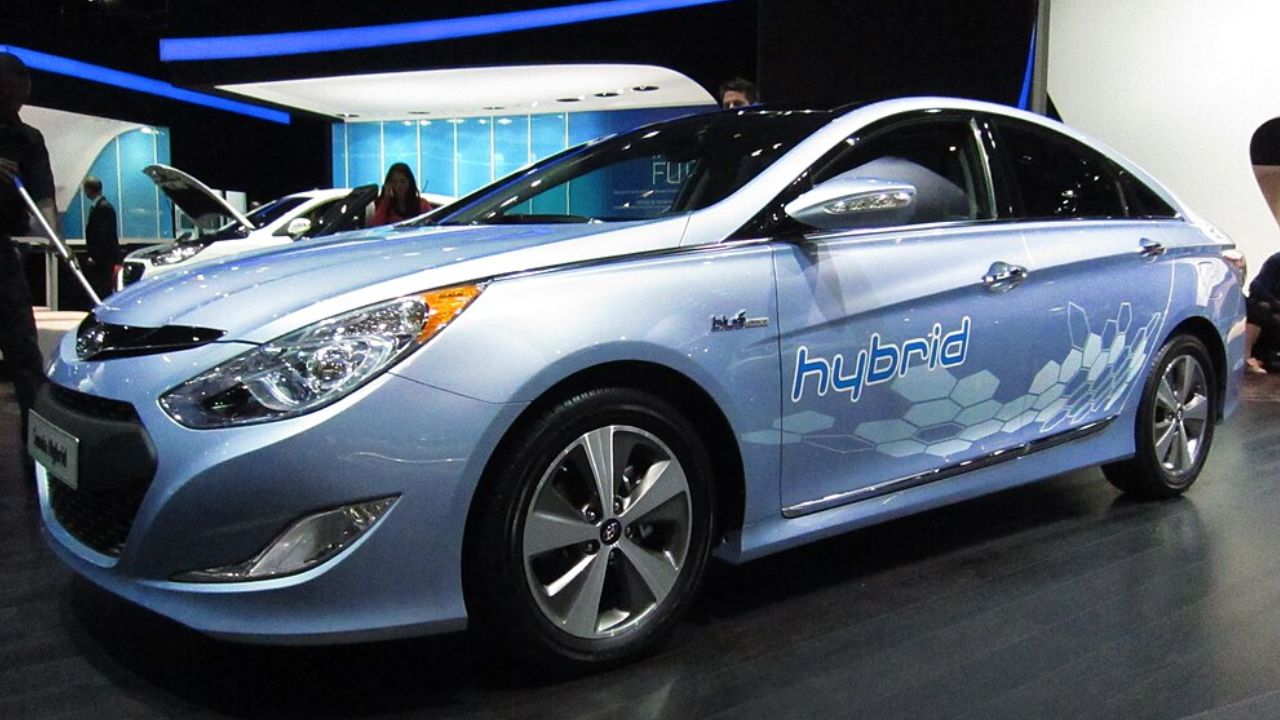
Leave a Reply